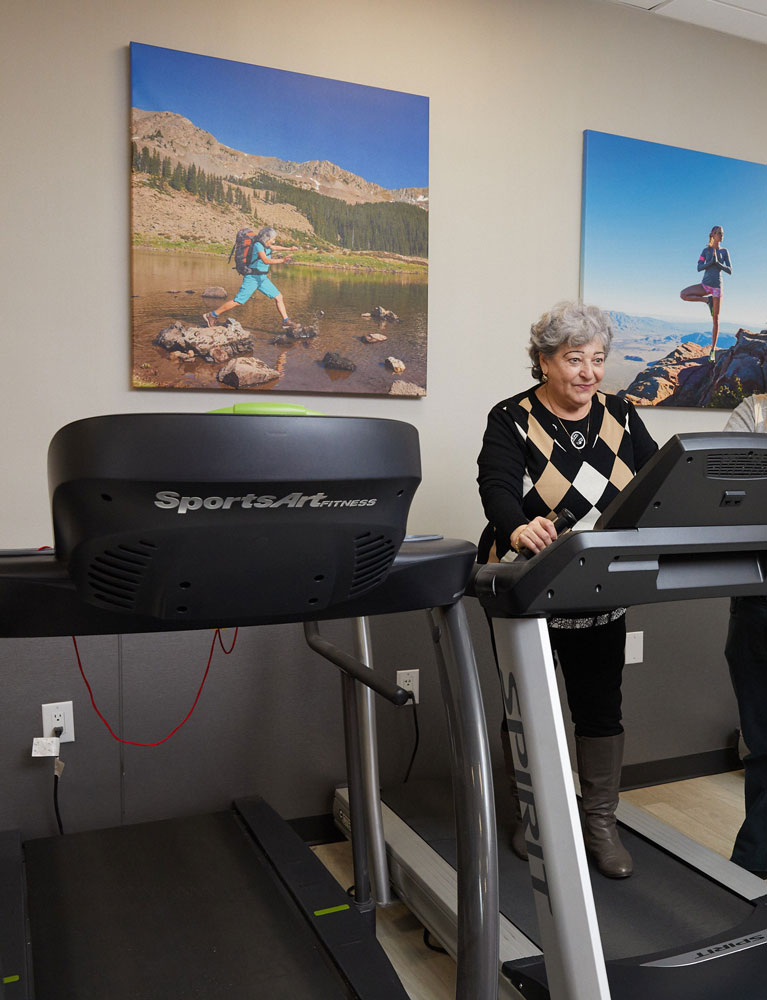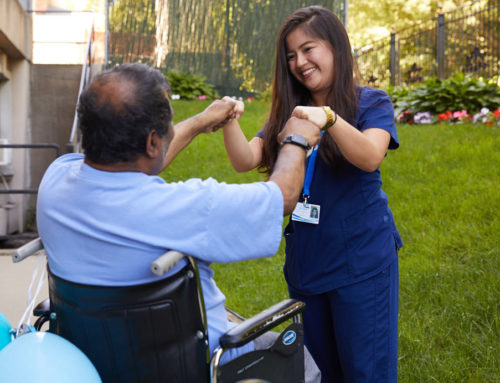Sciatic Back Pain – What Are the Red Flags?
Back pain is definitely one of the worst conditions. Aside from the severe pain, it’s debilitating. Even the smallest movement can cause a sharp pain to shoot down your legs. You see, the sciatic nerve runs all the way from the lower back down the back of your legs and when you develop sciatic back pain (also simply called sciatica), it will affect more than just your lower back.
Physical therapy can be the fastest way to stop this type of pain. It might sound counterintuitive as you’ll only want to do as little as possible, but an experienced therapist will know which the right movements are to get you moving normally again. Your therapist may also suggest massage and cold and heat therapy for the best results.
Red Flags for Sciatic Back Pain?
With sciatica, the pain typically originates in your lower back. Though, it’s not contained to only this area.
The pain can also move down your leg. In some instances, it can travel all the way to your foot. While the pain can impact more than just your lower back, it generally affects either your left or right side of your lower body.

Aside from lower back pain, it can also cause:
- Hip pain
- A tingling or burning sensation in your leg
- Weakness and numbness in your foot or leg
If you start to develop a fever and/or experience redness or swelling in your back, it’s best that you get medical attention immediately. Another red flag for sciatic back pain is also when it impacts your bladder and urine. If you lose the ability to control your bowel or bladder, experience a burning sensation when you urinate, or notice blood in your urine, seeking medical attention right away is also advised.
The Fastest Way to Heal Sciatica
While your doctor might prescribe medication like an anti-inflammatory and/or painkiller, physical therapy has a key role to play for sciatic back pain. Not only will it help with the current pain, but it can also prevent similar episodes in the future.
A lot of the focus will be on improving your core muscles. If you have a weak core, you’ll use other parts of your body more like your spinal discs. This will place strain on these body parts which can result in back pain.
It’s one of the reasons why pregnancy puts you at risk for developing sciatic back pain. Not only does the growing baby place more pressure on your joints, but your core muscles are also no longer the same.
What triggers sciatica?
There are several factors that can cause sciatic back pain. It’s important to note that while a herniated disk (also called a slipped disk) can cause sciatic pain, these two conditions aren’t the same.
Other factors and conditions that can trigger this type of back pain include:
- Pregnancy
- Muscle spasms
- Diabetes
- An inactive lifestyle (or a job that requires a lot of sitting)
- Carrying heavy objects
This article is for educational and informational purpose only and does not substitute for professional medical advice. For any questions about your own health condition, speak to a qualified physician or healthcare provider.







Leave A Comment